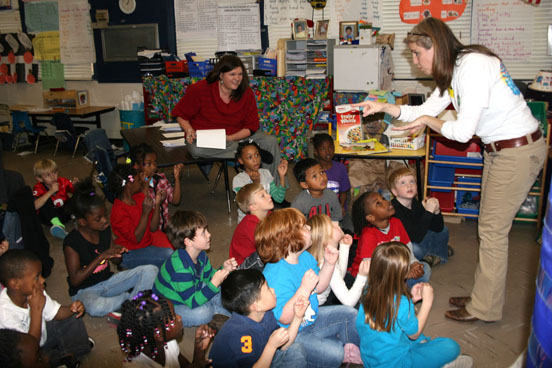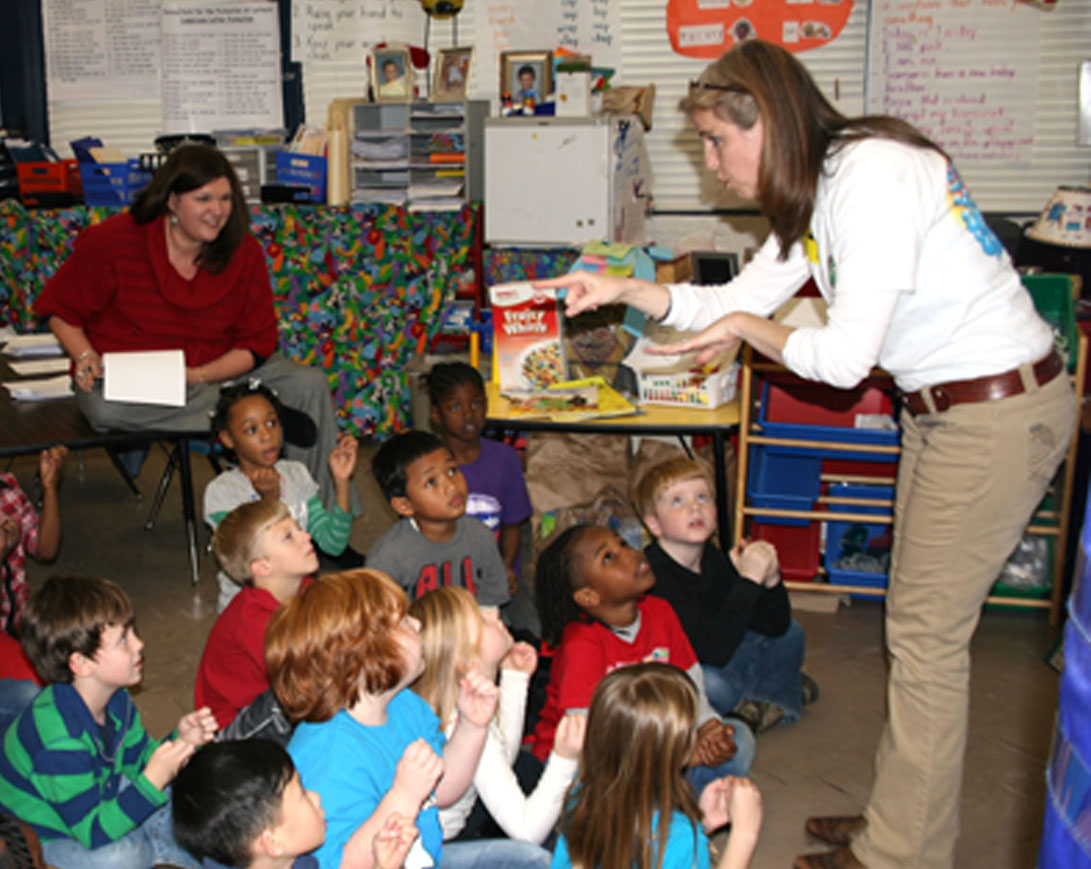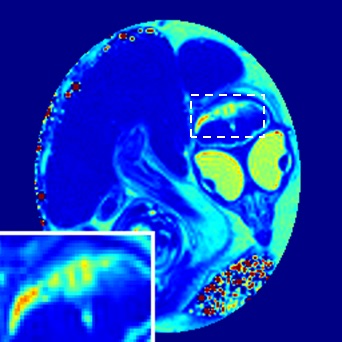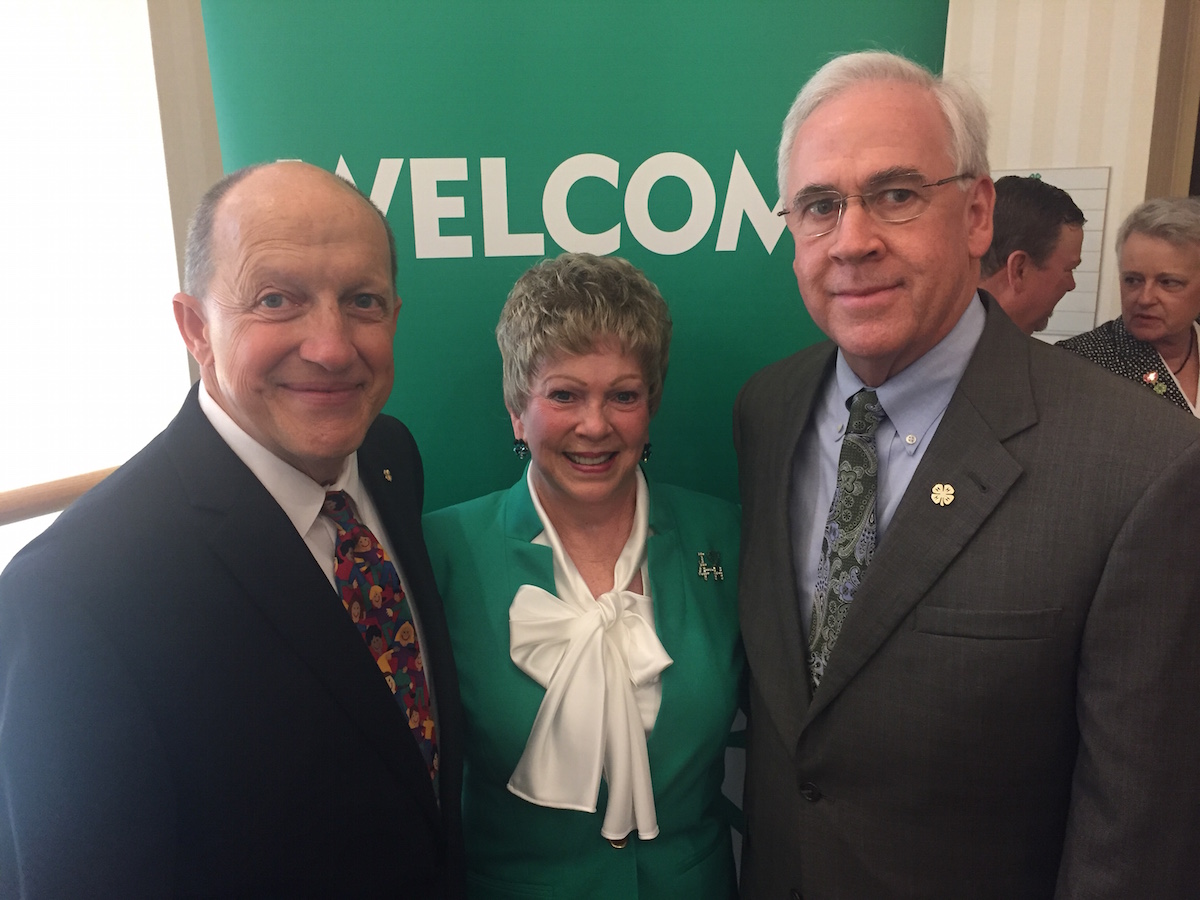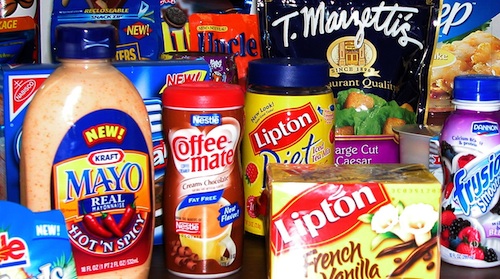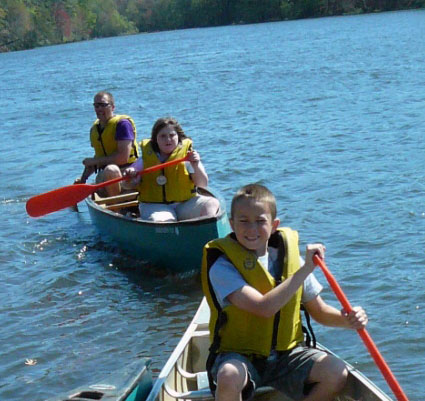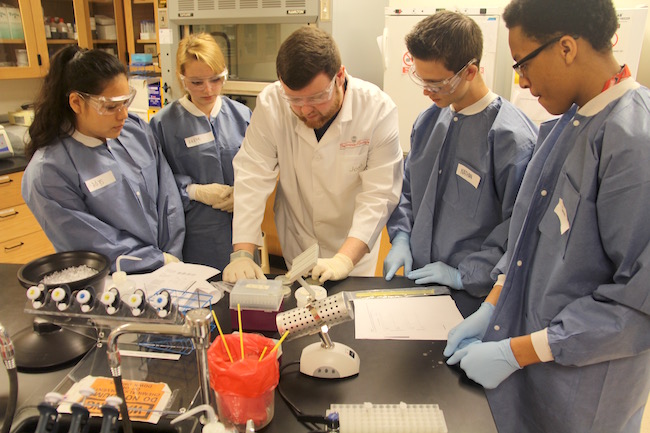Washing your hands is still touted as the most effective way to prevent the spread of diseases and illnesses like the flu, according to the Centers for Disease Control and Prevention. University of Georgia Extension created Wash Your Paws, Georgia! to teach Georgians how to properly wash their hands.
From educators to childcare providers to children and parents, an estimated 25,000 people have been reached through the program since its inception in 2009. According to Judy Harrison, a UGA Family and Consumer Sciences professor and Extension foods specialist, the success of the program is apparent as school systems across the state continuously ask county agents to teach the proper hand-washing techniques lesson.
“Every year it is a good reminder for the kids when school starts back because they are in a close environment and an environment where germs can spread very quickly,” Harrison said. “It has helped communities because any time you can reduce the risk of disease, it would naturally cut down on absenteeism in schools and it would also help parents to not have to miss work and stay home with sick kids. Overall, it can just cut down on the costs of illnesses.”
Wash Your Paws, Georgia! follows CDC recommendations on handwashing. The program features posters, a lesson guide for instructors, videos and PowerPoint slides that all focus on the following six steps to proper handwashing.
Step 1: Wet hands with warm water. Step 2: Apply soap to hands. Step 3: Rub hands together, cleaning between fingers for at least 20 seconds. Step 4: Pay special attention to cleaning around fingernails. Step 5: Rinse the germs away. Step 6: Dry hands on a paper towel or using a hot air dryer, if one is available.
Students are taught to wash their hands after they cough or sneeze, after going to the bathroom and before touching food.
While visiting a classroom, a UGA Extension agent teaches a hands-on lesson using a product called Glitterbug to help children visualize germs on their hands. The lotion’s UV fluorescent glow allows children to see the effectiveness of different hand-washing methods when they hold their hands under a black light.
For example, they compare the CDC’s steps to the results from simply running water over their hands. “They can see how thoroughly they have to wash their hands in order to remove those little glowing particles which simulate germs,” Harrison said.
Georgia 4-H agents and family and consumer science agents, like Ines Beltran in Gwinnett County, teach the lessons in their counties.
“I encourage the other agents in Georgia to use this material and share it with every organization they can,” Beltran said. “We need to share this information with the residents because it’s a basic thing, but people don’t do it right.”
Beltran teaches students of all ages and is currently working with the parks and recreation department in Gwinnett to place posters in park restrooms. Her next step is to see posters in senior centers and churches.
“Patients at senior centers get sick easily because their immune system is very low,” she said “I’m trying to talk more with the centers about this, and I hope that they understand the importance of washing your hands the right way.”
Beltran has also worked with libraries and daycare centers to add Wash Your Paws, Georgia! posters in their restrooms. The poster features a bulldog scrubbing the germs off his paws using the proper handwashing steps.
Data from students who completed pre- and post-tests in 2012 showed only 22 percent knew the correct hand-washing technique prior to the program. As a result of Wash Your Paws, Georgia!, 56 percent improved their hand-washing knowledge.
“Even with adults, they often don’t know the proper steps of handwashing, and so, of course we would like to see almost everyone using the proper steps, but we think that if you can even get half of your audience to improve, then that’s a pretty positive result,” she said.

